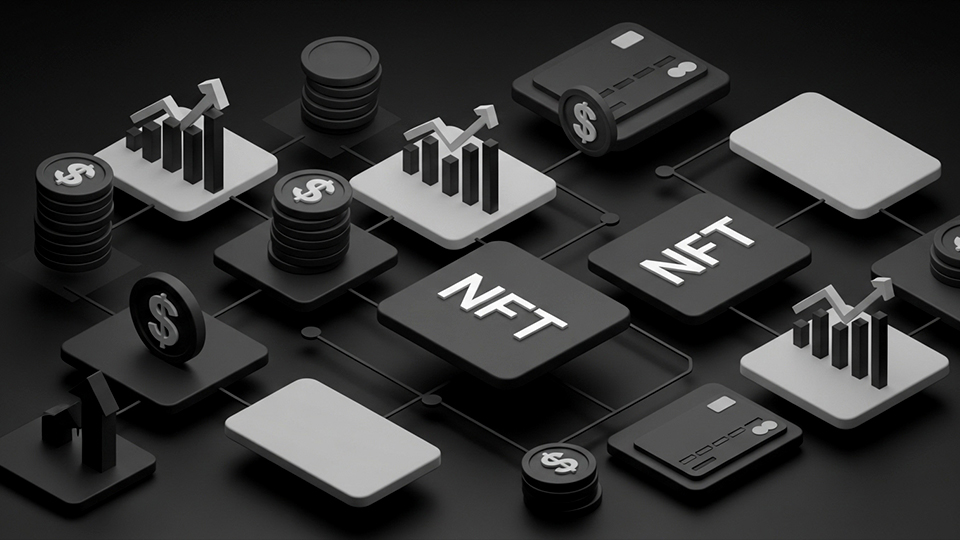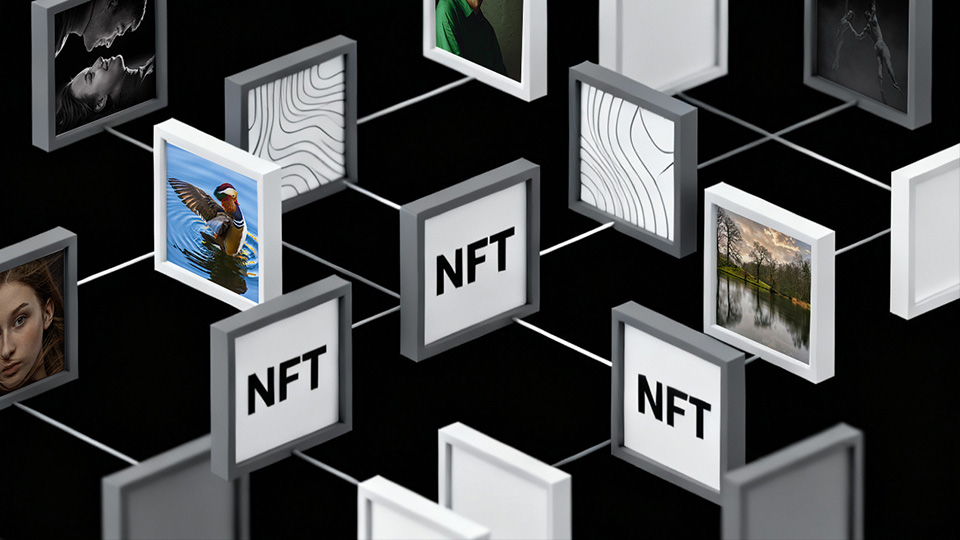Building a Brand in Web3: How Crypto Projects Are Doing It Right
Building a brand in Web3 isn’t about flashy tech, it’s about building trust, community, and relevance in the digital culture.
For decades, legacy brands have ruled through scale, consistency, and control. But in the world of Web3, where decentralization, community, and transparency are the norm, those same strategies don’t always land. Crypto-native projects , often started with little more than a Discord channel and a vision , are showing what it means to build a brand in Web3 from the ground up. And they’re doing it in ways that feel authentic, collaborative, and future-ready.
So what can long-established companies learn from these agile newcomers? Plenty. Because while Web3 might be built on blockchain, the principles driving its most successful brands are deeply human.
Community is the Brand
In Web3, marketing isn’t something you do to an audience, it’s something you build with them. The best crypto-native projects treat their communities like stakeholders, not just consumers. They give them a voice, a stake, and sometimes even governance rights.
Legacy brands often talk about “audience engagement,” but Web3 takes it to another level. Communities form organically around shared values, and the strength of that community can make or break a project. For traditional brands, that means shifting from a top-down message to a bottom-up dialogue.
Transparency Wins
Crypto projects operate in public. From tokenomics to governance votes, much of what happens is visible to anyone who wants to look. That level of openness builds trust, even when things go wrong.
Legacy brands, by contrast, are often cautious about revealing too much. But in a world where consumers crave authenticity, silence can seem suspicious. Taking a page from Web3’s playbook, established companies can benefit from showing more of the process, not just the polished product.
Flexibility Over Perfection
Web3 is built on experimentation. Products launch in beta, change quickly, and often pivot based on user feedback. That mindset, rapid testing, shipping fast, and iterating in real-time, is a core strength of crypto-native brands.
Traditional companies tend to prioritize control and consistency, which can slow down innovation. In a Web3 environment, being too cautious can look like being out of touch. Embracing flexibility , without sacrificing quality , can help legacy brands stay relevant in fast-changing spaces.
Tokenized Incentives Create New Loyalty Models
Many crypto projects use tokens to reward participation, whether that’s staking, providing liquidity, or just showing up and contributing. These incentives turn users into advocates and give them a reason to stick around.
Legacy brands have loyalty programs, but few go beyond points and perks. What if fans and followers had more meaningful ways to benefit from a brand’s success , or even influence its direction? Web3 shows how financial alignment with your community can deepen loyalty in ways traditional models never could.
Identity is Owned, Not Just Displayed
In Web3, digital identity matters. Your wallet, your NFT collection, your on-chain history, these are signals of who you are and what you value. Crypto-native brands understand this and design experiences that tap into identity and belonging.
Legacy brands still mostly focus on how consumers see their brand. But in Web3, the question is how the brand fits into the user’s identity. It’s a shift from messaging to meaning.
Rethinking the Rules of Engagement
That shift toward co-creation and shared value is what truly sets Web3 apart. It’s not just about technology, it’s about rethinking the relationship between brands and the people who support them. When users feel like active participants rather than passive consumers, loyalty becomes deeper, more personal, and often more vocal. Legacy brands that begin to experiment with these dynamics, even in small ways , stand to unlock a level of engagement that traditional strategies rarely achieve.





